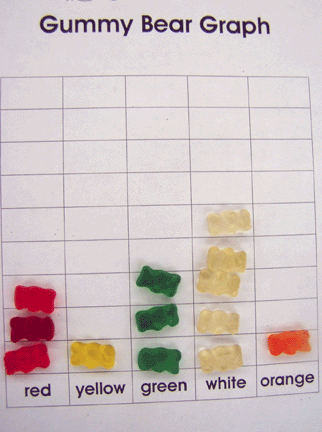Students are expected to learn how to make change and count change. Each student will recieve $5 to purchase items at the "store". Students will be expected to learn how much each coin represents and what they equel to when added together or when their money is subtracted by how much they spent.
Fake money will be needed. A few tables for "cash registers" (made from shoe boxes) paper and pencil to assist with figuring out change. Random items will prices on them for the students to "buy". A shopping bag (brown paper bag in which students can decorate)
Procedure: First: The teacher will hold up each coin and ask the students if they know how much the value of the coin is. The teacher will do this with each coin. Also with each coin the teacher will ask "how many of these coins will it take to equel one dollar?" Next the teacher will ask a question related to the coins, such as ; If I wanted to buy an apple for 35 cents, what coins would be easiest to use. (or what are the bigger coins I can use) After the students get use to the coins and how much each coin is worth, then the students will be able to shop with their fake money. The teacher will be the cashier, but the teacher is to ask what the students change should be. If the student gets it right then they get to keep their change, but if the student gets the amount wrong then the teacher gets to keep the change, which means the students have less money to shop with. After the students shop, have them sit at their desk and tell how much they spent and what if any do they have left over? Also ask the what the most expensive item was they bought and with what coins they paid with. (another fun way to use this lesson plan is by using things that students can keep such as rulers, or pens or pencils, eracers, bookmarks and other things they can keep with their fake money) This could also be used
This could also be used